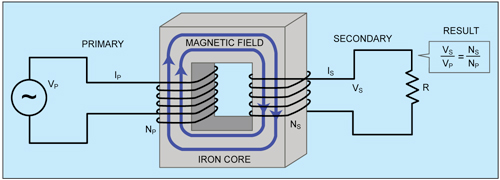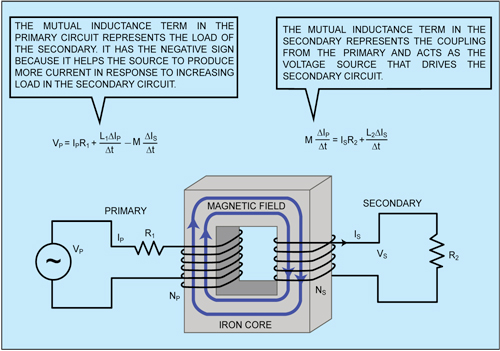One of the biggest challenges before consumer electronics makers today is to increase the battery life of their devices on a single charge. As more powerful processors, larger memory and extra sensors are added to devices for improved performance, these consume far more power than their predecessors. Improving battery technology is one way to counter this problem, but advances in battery technology seem to have peaked now.
The only option left is to look at alternative sources of charging a device without causing inconvenience to the user. Wired chargers are a hassle for most users, and that’s where the novel idea of utilising wireless charging came up.
What’s wireless power transfer?
Simply put, wireless power transmission refers to a power source that supplies a system with energy without the hassle of interconnecting wires. Wireless power transmission problems differ from those of wireless telecommunications, such as radio. While in wireless power efficiency is considered to be the more significant parameter, in wireless tecommunications the proportion of energy received becomes critical only if it is too low for the signal to be distinguished from the background noise.
There are more than a couple of technologies that enable wireless power transfer, each having its own merits and demerits.

Coupling. It is defined as the transfer of electrical energy from one part of the circuit to another. For example, energy can be transferred from a power source to an electrical load by means of conductive coupling, which may be either hard-wire or resistive. Also, AC potential may be transferred from one segment to another (having a DC potential) using a capacitor.
Mutual inductance. It is defined as the phenomenon by which a change of current in a coil induces an emf in another coil placed near the first coil. The primary coil is the one in which current changes, while the coil in which emf is induced is called the secondary coil.

Capacitance. Capacitance is the ability of a body to store an electrical charge. Any object that can be electrically charged exhibits capacitance. A common form of energy storage device is parallel-plate capacitor. In a parallel-plate capacitor, capacitance is directly proportional to the surface area of the conductor plates and inversely proportional to the separation distance between the plates (wireless power transfer through capacitive coupling explained later).
[stextbox id=”info” caption=”Advantages”]1. Much lower risk of electrical shock or shorting out due to moisture as there are no exposed conductors
2. Protected, corrosion-free connections as all the electronics is enclosed, away from water or oxygen in the atmosphere
3. Safer for medical implants—recharging/powering through the skin rather wires penetrating the skin lowers the risk of infection
4. Convenience—the device can be placed on or close to a charge plate or stand rather than having to connect a power cable to it[/stextbox]
Laser. Laser is a device that emits light (electromagnetic radiation) through a process of optical amplification based on stimulated emission of photons. The term ‘laser’ is an acronym for ‘Light Amplification by Stimulated Emission of Radiation.’ The emitted laser light is notable for its high degree of spatial and temporal coherence.
Types of wireless electrical energy transfer
The aforementioned technologies work on different methods of electrical energy transfer without using a wired connection:
Electromagnetic induction. When magnetic flux flowing through a coil changes, an electromotive force (emf) is induced in the coil along with current. The famous Faraday’s law (which relates to the induced emf in any closed loop including a closed circuit) is the central principle behind electromagnetic induction. Induction can be also be used as a means of wireless power transfer.
[stextbox id=”info” caption=”Disadvantages”]
Lower efficiency, increased heat. Two main deterrents of inductive charging are its lower efficiency and increased resistive heating in comparison to the direct contact method. Implementation methods that use lower frequencies or older drive technologies charge much more slowly and generate more heat within most portable electronics, which is a big drawback.
Costly. Inductive charging requires drive electronics and coils in both the device and the charger, thus increasing the complexity and cost of manufacturing.
Slower charging. Due to the much lower efficiency, devices take longer to charge when the supplied power is equal.
Inconvenience. When a mobile device is connected to a cable for charging, it can still be freely moved around and operated. In most implementations of inductive charging (including the popular Qi standard), the mobile device must be left on the charging pad, which limits mobility.
[/stextbox]
A changing current in one coil induces emf in another coil. The coils are not in contact and in this way energy can be very simply transported over short distances. The largest drawback of this method is that the short distance required for induction limits its application to very close-range situations.






